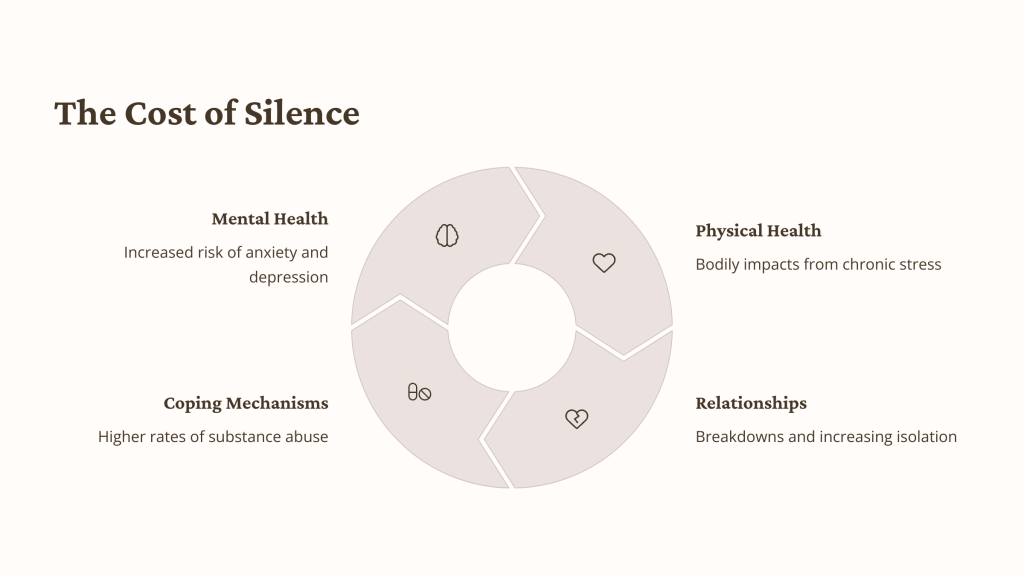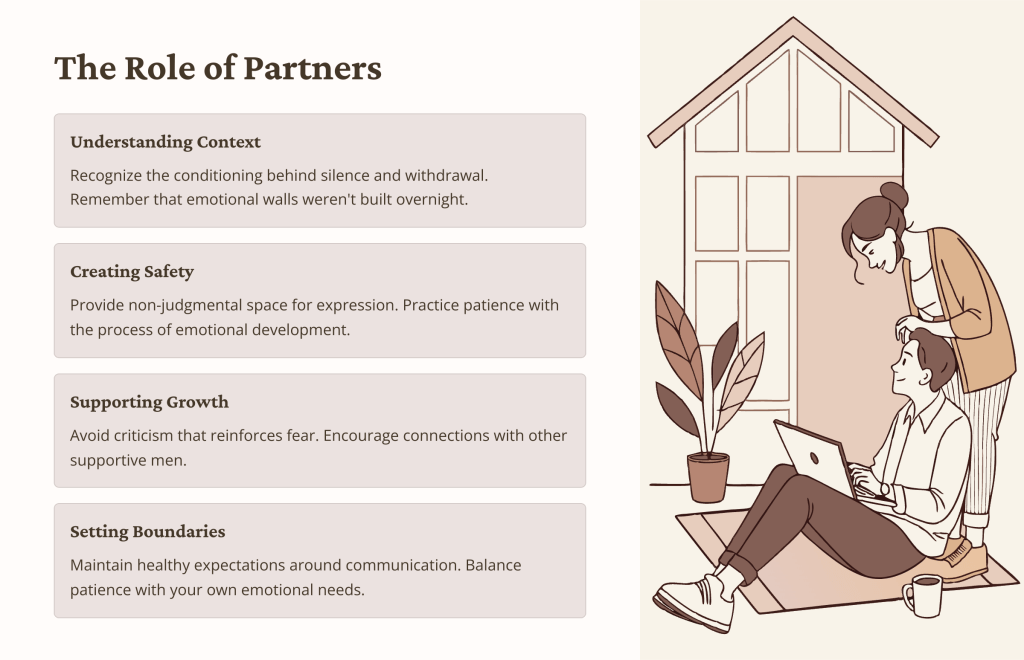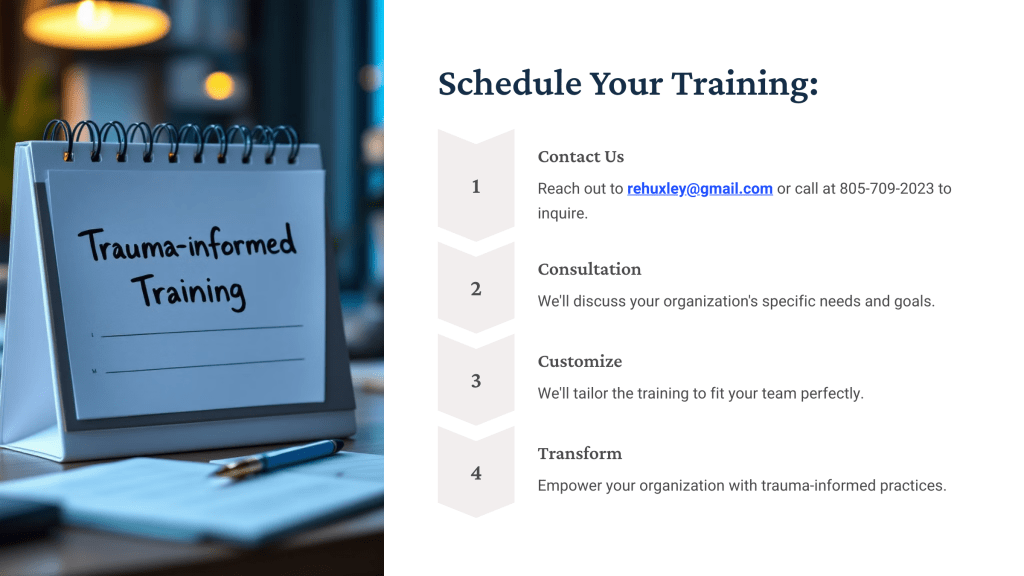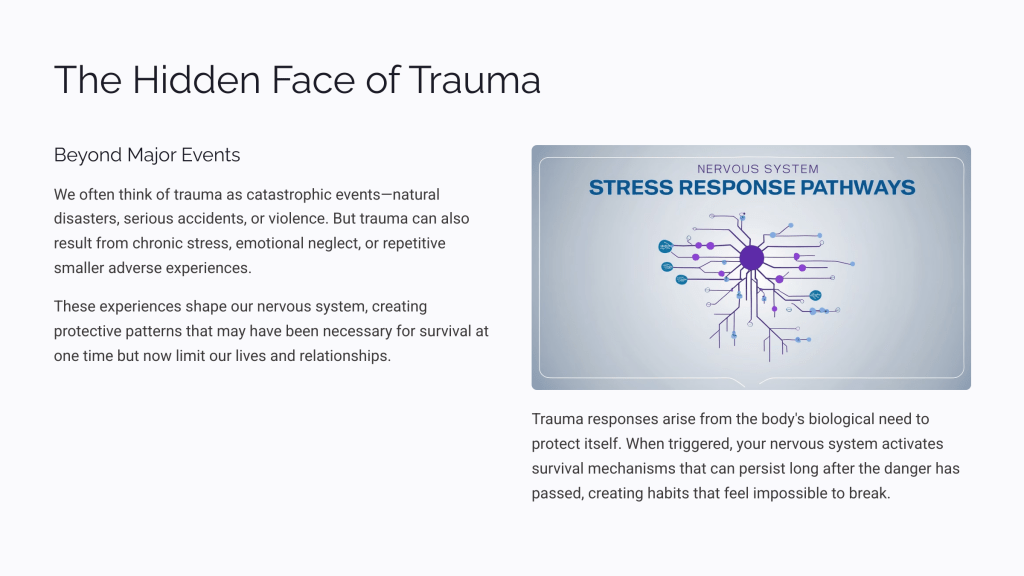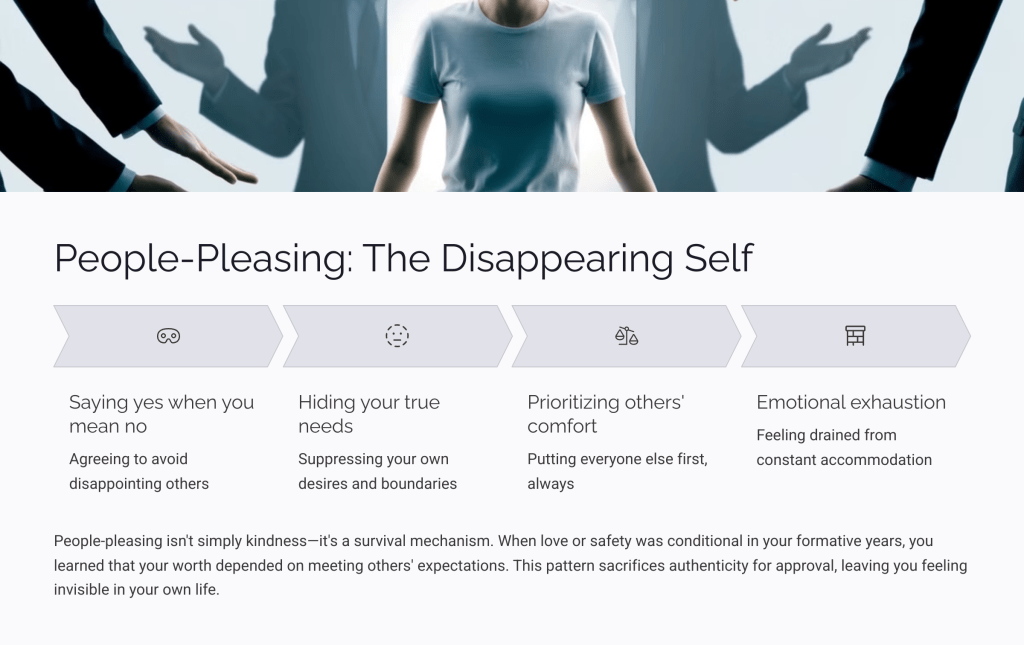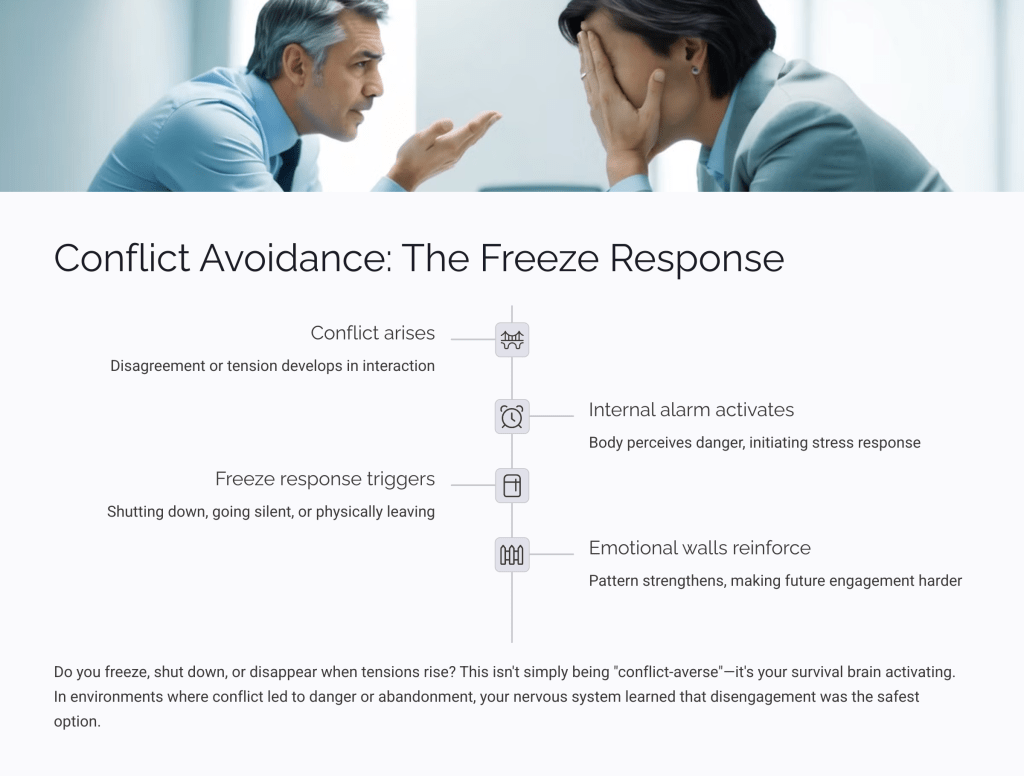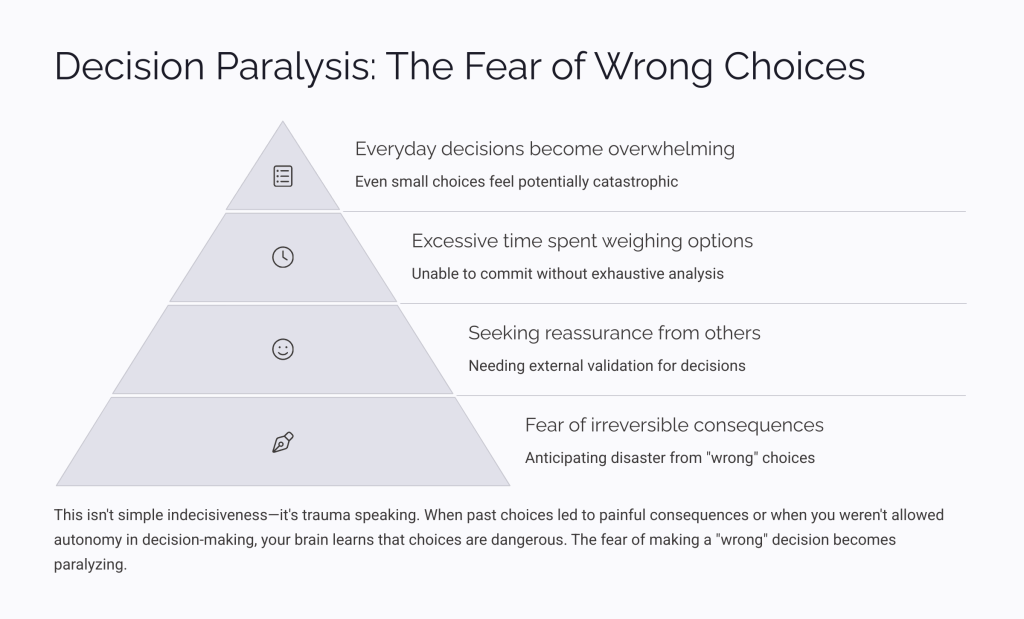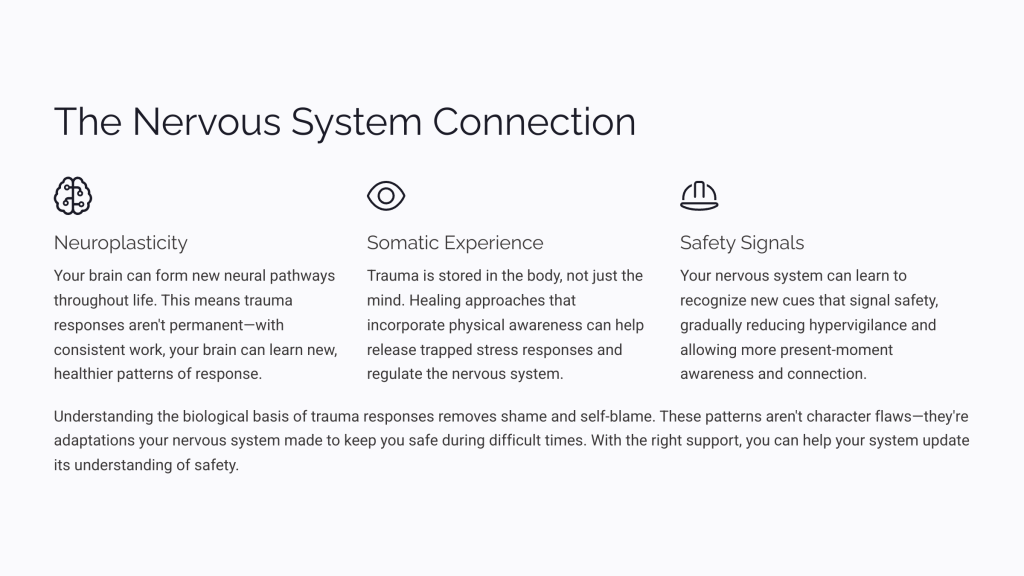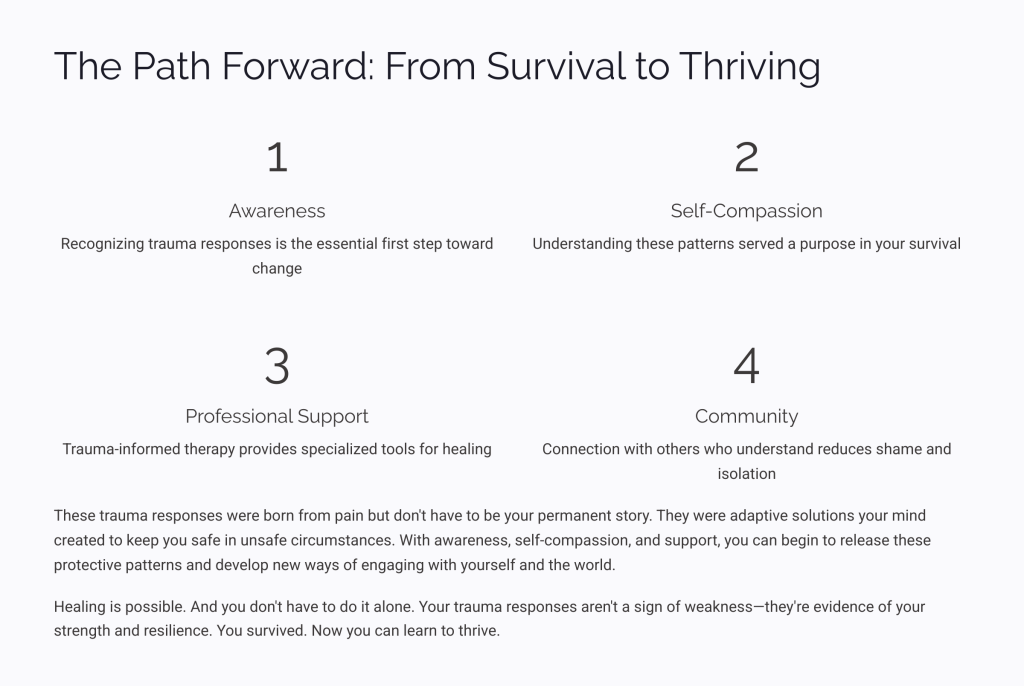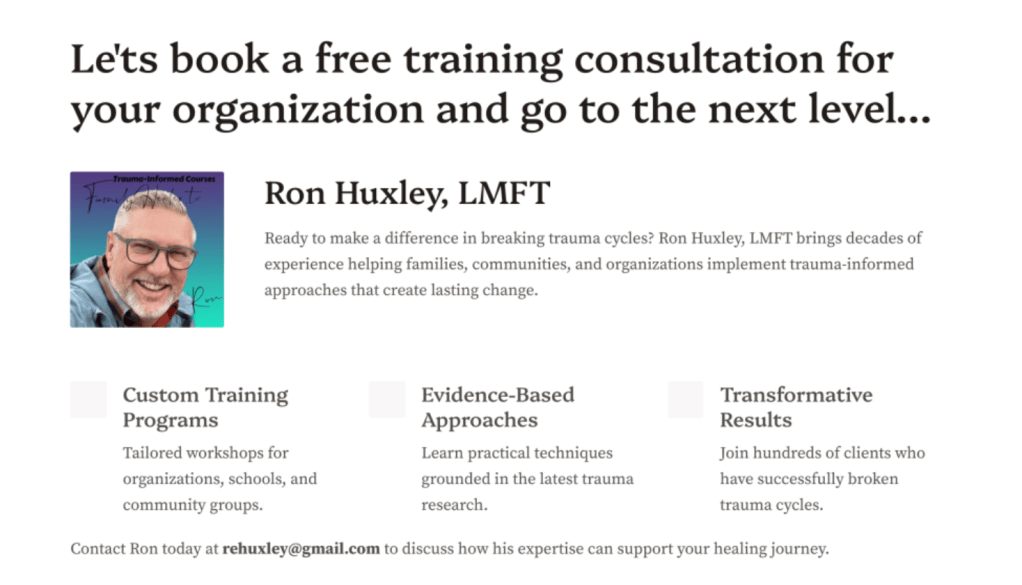Family, the cornerstone of our lives, is a haven where love, support, and understanding ideally flourish. However, just like any relationship, familial bonds can encounter strife, conflicts, and misunderstandings that can strain these connections. In these moments, the concept of reconciliation emerges as a powerful force, offering a path toward healing and restoring harmony within family dynamics. Let’s delve into what reconciliation truly means in the context of family relationships, what it doesn’t entail, and why its presence is profoundly important.
What Reconciliation Is:
1. Healing and Understanding: Reconciliation within families involves acknowledging past hurts and grievances, fostering empathy, and striving to comprehend each other’s perspectives. It’s a process that opens the door to healing wounds and rebuilding trust.
2. Communication and Empathy: It’s about engaging in open, honest conversations, actively listening, and empathizing with each other’s feelings, creating space for understanding and empathy to flourish.
3. Forgiveness and Moving Forward: Reconciliation isn’t just about saying sorry; it’s about genuinely understanding the impact of actions, seeking forgiveness, and committing to positive change, allowing for growth and progress within relationships.
4. Building Stronger Bonds: Through reconciliation, families have an opportunity to emerge stronger. It’s an avenue to deepen connections, reinforce values, and fortify the foundation upon which family unity rests.
5. Respecting Differences: It’s about acknowledging and respecting each member’s individuality and differences, fostering an environment where diverse opinions are valued and accepted.
What Reconciliation Isn’t:
1. Ignoring Issues: It’s not about sweeping problems under the rug. Reconciliation involves addressing underlying issues rather than ignoring or avoiding them, even if uncomfortable.
2. Assigning Blame: It’s not a blame game. Rather than focusing on who’s at fault, reconciliation aims to find solutions and mend relationships, shifting the focus towards resolution and growth.
3. Instantaneous Fix: Reconciliation isn’t a quick-fix solution. It’s a gradual process that requires patience, commitment, and continuous effort from all involved parties.
4. Erasing the Past: It doesn’t erase the history of conflicts. Instead, it acknowledges past grievances while working towards a future that is not dictated by them.
5. One-Sided Effort: Successful reconciliation requires mutual effort and willingness from all family members. It cannot be solely the responsibility of one party.
The Importance of Reconciliation in Family Relationships:
1. Nurturing Emotional Well-being: Reconciliation contributes significantly to the emotional health of family members. It creates an environment where individuals feel valued, understood, and supported.
2. Strengthening Family Bonds: It reinforces the sense of belonging and togetherness within the family unit, fostering stronger connections that withstand challenges.
3. Teaching Valuable Lessons: Through the process of reconciliation, family members learn empathy, forgiveness, and the importance of communication, serving as crucial life lessons.
4. Promoting Growth and Understanding: It encourages personal growth and understanding of differing perspectives, promoting a more tolerant and compassionate family dynamic.
5. Securing a Positive Future: Reconciliation paves the way for a future where conflicts are addressed promptly, fostering a more harmonious and loving environment for generations to come.
In essence, reconciliation in family relationships is a transformative journey. It’s a commitment to understanding, empathy, and growth, enriching the fabric of familial connections. Its significance lies not just in resolving conflicts but in nurturing enduring bonds that withstand the tests of time, adversity, and change. Embracing reconciliation within families fosters an environment where love, understanding, and support prevail, creating a haven where every member finds solace, acceptance, and belonging.




